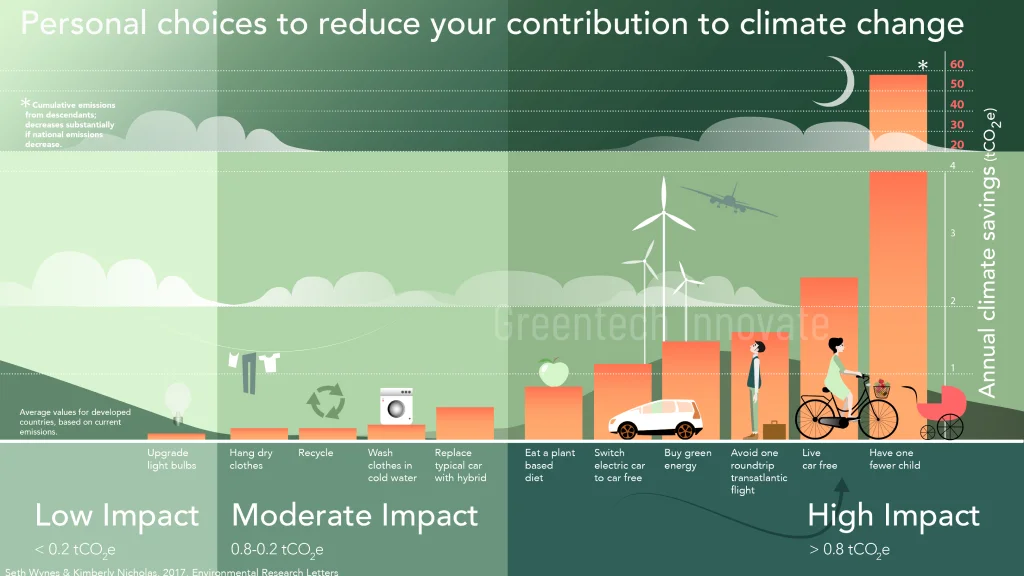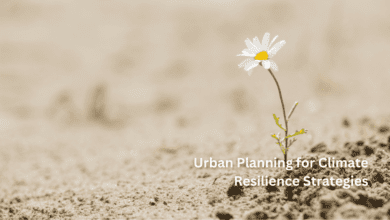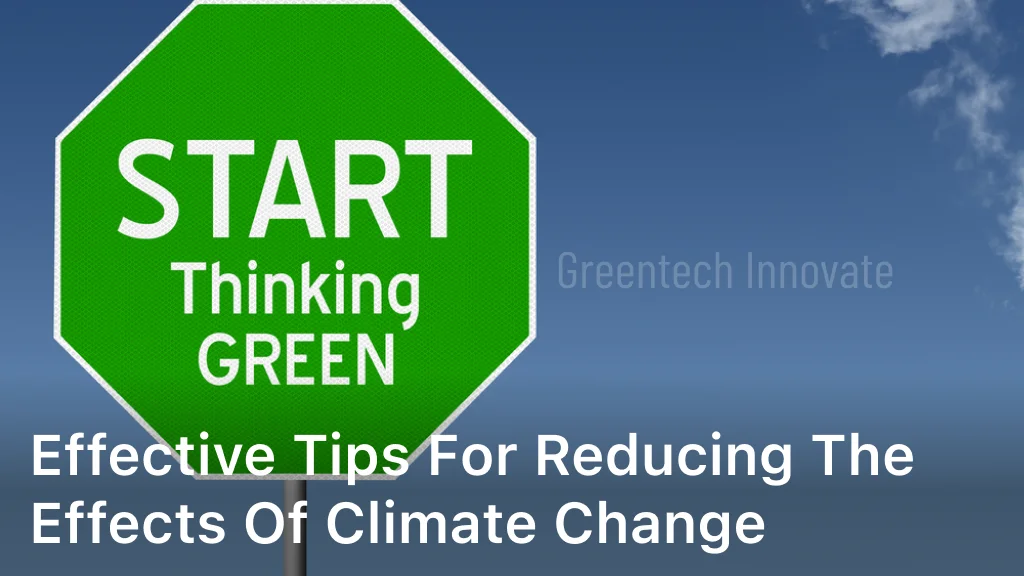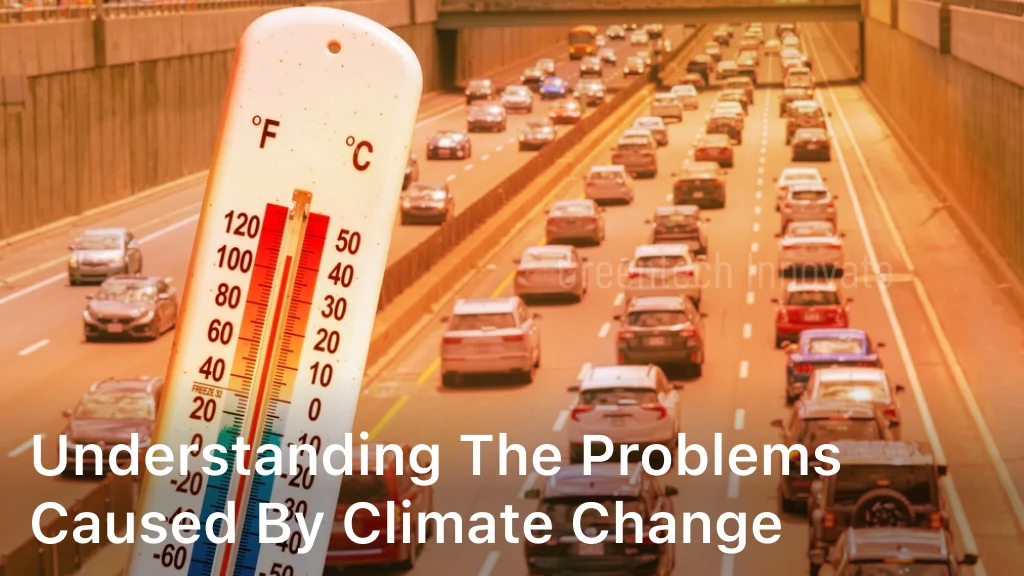
greentechinnovate.com. Top Effective Ways to Prevent Global Warming Today – Discover the top ways to prevent global warming and make a real difference. Together, we can safeguard our earth for future generations.
Welcome to our article dedicated to exploring the most effective ways to prevent global warming. Our planet is facing an unprecedented crisis, and we must take immediate action to mitigate the effects of climate change. By adopting the following strategies, we can all play our part in preserving the environment for future generations.
Ways to Prevent Global Warming Today
Key Takeaways:
- Reducing greenhouse gas emissions is crucial.
- Conserving energy is an effective way to combat global warming.
- Sustainable agriculture plays a vital role in preventing global warming.
- Forests act as natural carbon sinks, absorbing and storing significant amounts of carbon dioxide.
- Proper waste management is crucial in minimizing greenhouse gas emissions.
Reduce Greenhouse Gas Emissions
As we discussed in the previous section, greenhouse gas emissions are a significant contributor to global warming. Therefore, reducing them is crucial in mitigating the negative impact of climate change.
Here are some effective ways to reduce greenhouse gas emissions:
Transition to Renewable Energy Sources
One of the most effective ways to reduce greenhouse gas emissions is to transition from fossil fuels to renewable energy sources like solar, wind, and hydroelectric power.
By doing so, we can significantly reduce our reliance on non-renewable energy sources, which produce a staggering amount of greenhouse gas emissions.
Promote Energy Efficiency
Another way to reduce greenhouse gas emissions is to promote energy efficiency. This can be achieved by using energy-efficient appliances and adopting smart energy consumption habits.
For example, turning off lights and unplugging electronics when not in use can go a long way in reducing energy consumption and greenhouse gas emissions.
Encourage Sustainable Transportation Methods
Sustainable transportation methods, such as biking, walking, and using public transportation, can also significantly reduce greenhouse gas emissions.
The transportation sector is one of the leading contributors to greenhouse gas emissions, so by adopting sustainable methods, we can reduce our carbon footprint and contribute to a cleaner environment.
By implementing these strategies, we can significantly reduce greenhouse gas emissions and combat the negative effects of climate change. Let’s do our part to protect the environment for future generations.

Practice Energy Conservation
Practicing energy conservation is one of the most effective ways to prevent global warming. By reducing our energy consumption, we can decrease the amount of greenhouse gases released into the atmosphere. Here are some ways to conserve energy:
- Optimize Home Insulation: Improving the insulation in your home is a low-cost way to conserve energy. By reducing the amount of heat transfer, you can keep your home cool in the summer and warm in the winter without using excess energy.
- Use Energy-Efficient Appliances: Upgrading to energy-efficient appliances can significantly reduce your household’s energy consumption. Look for appliances with the ENERGY STAR label to ensure maximum efficiency.
- Adopt Smart Energy Consumption Habits: Small changes in your daily routine can make a big difference in energy conservation. Turn off lights and electronics when not in use, use natural light whenever possible, and adjust your thermostat to conserve energy.
By practicing energy conservation, we can reduce our carbon footprint and contribute to a sustainable future for our planet.
Promote Sustainable Agriculture
Sustainable agriculture is a critical component of preventing global warming. According to the Food and Agriculture Organization, the agricultural industry is responsible for about 14% of global greenhouse gas emissions. However, by adopting sustainable practices, we can reduce the carbon footprint of agriculture and contribute to a healthier environment for all.
Organic Farming
Organic farming is an environmentally friendly method that promotes soil health, conserves water, and minimizes the use of synthetic fertilizers and pesticides.
By avoiding these harmful chemicals, organic farming significantly reduces greenhouse gas emissions and contributes to mitigating climate change.
Agroforestry
Agroforestry refers to the integration of trees and crops into agricultural landscapes. This practice not only helps to reduce greenhouse gas emissions but also improves soil health, enhances biodiversity, and provides additional sources of income for farmers.
| Benefits of Agroforestry | |
|---|---|
| Reduces carbon footprint | By sequestering carbon in trees and soil |
| Improves soil health | By reducing erosion and increasing soil fertility |
| Increases biodiversity | By providing habitat for wildlife and promoting pollination |
| Generates additional income | By diversifying farm products and providing shade for livestock |
Reducing Food Waste
Food waste is a significant contributor to greenhouse gas emissions, accounting for around 6% of total global emissions. By reducing food waste, we can lessen the environmental impact of agriculture.
This can be achieved through practices like composting, donating excess food to charities, and implementing effective supply chain management.
- Composting: Composting food waste can reduce methane emissions from landfills, which are a potent greenhouse gas.
- Donating: Donating excess food to local charities can help to reduce food waste while also providing valuable resources to those in need.
- Supply Chain Management: Implementing effective supply chain management practices can help to reduce food waste by ensuring that excess food is not discarded.
By promoting sustainable agriculture, we can help to reduce greenhouse gas emissions while also enhancing soil health, promoting biodiversity, and improving the livelihoods of farmers. It is our responsibility to support these practices and preserve the environment for future generations.
Preserve Forests and Plant Trees
Forests play a crucial role in combating global warming by acting as natural carbon sinks. Trees absorb carbon dioxide and release oxygen, making them vital in regulating the earth’s climate. Unfortunately, deforestation, wildfires, and other factors have contributed to the loss of forests worldwide.
Preserving existing forests and planting new trees are practical solutions to prevent global warming. When forests are cut down, the carbon stored in the trees is released into the atmosphere, contributing to greenhouse gas emissions. Preserving forests helps to maintain their carbon absorption capabilities, mitigating climate change.
Additionally, planting new trees can help reduce greenhouse gas emissions while enhancing biodiversity, preventing soil erosion, and maintaining the water cycle. The tree planting initiative is an excellent way to reduce the carbon footprint and improve the environment.
The Importance of Forest Preservation
“Forests are the lungs of our land, purifying the air and giving fresh strength to our people.” -Franklin D. Roosevelt
Forest preservation is critical in reducing greenhouse gas emissions. Forests absorb and store carbon dioxide, helping to mitigate the effects of global warming. Trees also help to regulate temperatures, prevent soil erosion, and maintain the water cycle. Preserving forests can also help to maintain biodiversity.
In some cases, preserving forests also helps to protect the habitat of endangered species while creating job opportunities for local communities. By taking an active role in forest preservation, we can help to prevent global warming and protect our environment for future generations.
The Benefits of Tree Planting
Tree planting is an effective way to reduce greenhouse gas emissions while creating a host of other benefits. Planting new trees can help to improve air and water quality, prevent soil erosion, and enhance biodiversity.
Additionally, trees can reduce energy consumption by providing shade in the summer and acting as windbreaks in the winter, making them an excellent addition to any property.
Through tree planting initiatives, we can create healthier, more sustainable communities while mitigating climate change. Whether it’s planting a tree in your backyard or participating in community tree planting programs, every tree planted can help to contribute to a more sustainable future.
Adopt Sustainable Waste Management
Proper waste management is a crucial element in mitigating the impact of global warming. By adopting sustainable waste management practices, we can minimize greenhouse gas emissions and contribute to a healthier environment.
Recycling
One of the most effective ways to reduce waste is through recycling. When we recycle materials such as paper, plastic, glass, and metal, we reduce the amount of waste that goes to landfills and incinerators. This, in turn, reduces greenhouse gas emissions as well as the need for virgin materials.
To adopt sustainable waste management practices, we should prioritize recycling and properly sort our waste. Recycling guidelines vary by city, so it’s essential to familiarize ourselves with the specific guidelines in our area. Some cities provide curbside recycling services, while others require residents to take their recyclables to designated drop-off locations.
Composting
Composting is another sustainable waste management practice that can benefit the environment. Organic material such as food scraps, yard waste, and paper can be composted and turned into nutrient-rich soil. This helps reduce the amount of waste that goes to landfills while also promoting healthy soil for plants and crops.
Composting can be done by individuals at home or in community composting programs. By composting our organic waste, we can reduce greenhouse gas emissions that come from decomposing organic matter in landfills.
Reducing Single-use Plastic
Single-use plastic is a significant contributor to environmental pollution and greenhouse gas emissions. By reducing our use of single-use plastic, we can significantly decrease our carbon footprint.
To reduce single-use plastic, we can avoid products packaged in plastic, carry reusable bags, water bottles, and utensils, and choose products made from sustainable materials. By making small changes to our daily habits, we can make a significant impact in reducing waste and greenhouse gas emissions.
Table: How to Adopt Sustainable Waste Management Practices
| Practice | Description |
|---|---|
| Recycling | Sort and recycle materials such as paper, plastic, glass, and metal. |
| Composting | Compost organic material such as food scraps, yard waste, and paper to turn them into nutrient-rich soil. |
| Reduce Single-use Plastic | Avoid products packaged in plastic, carry reusable bags, water bottles, and utensils, and choose products made from sustainable materials. |
Educate and Raise Awareness
As we have seen throughout this article, global warming is a pressing issue that requires immediate attention and action. However, combating this problem requires more than just individual effort. We need to come together as a society to make a real, lasting difference.
One of the most effective ways to address global warming is through education and awareness. By increasing our knowledge and understanding of the causes and consequences of this issue, we can take meaningful steps towards prevention.
Educating Individuals
We must begin by educating individuals about the impact of their actions on the environment. This includes everything from simple lifestyle changes, such as reducing energy consumption and using eco-friendly products, to larger-scale efforts, such as supporting renewable energy sources and sustainable agriculture.
By providing accurate information and practical solutions, we can empower individuals to make meaningful changes in their daily lives. This can include educating children in schools about the importance of conservation and sustainability, as well as providing resources and support for individuals looking to make a positive impact.
Raising Community Awareness
In addition to individual education, it is also crucial to raise awareness at the community level. This includes working with local organizations, businesses, and government agencies to promote sustainable practices and reduce greenhouse gas emissions.
We can do this by organizing community events, such as clean-up initiatives and educational workshops, as well as advocating for policy changes that support environmental protection and sustainability. By raising awareness and fostering a sense of community around this issue, we can work towards creating a more environmentally-conscious society.
Engaging with Policymakers
Finally, it is important to engage with policymakers at all levels of government to promote policies that reduce greenhouse gas emissions and support sustainable practices.
This can include advocating for renewable energy initiatives, promoting investments in sustainable infrastructure, and supporting policies that reduce carbon emissions from the transportation and industrial sectors.
By working together and advocating for change, we can create a brighter, more sustainable future for ourselves and future generations.
Conclusion
By implementing these effective ways to prevent global warming, we can make a substantial positive impact on the environment. All of us have a collective responsibility to safeguard our planet for future generations. Together, we can create a sustainable and resilient future.
It is crucial to understand that every action counts in preventing and combating global warming. We need to reduce greenhouse gas emissions, practice energy conservation, promote sustainable agriculture, preserve forests and plant trees, adopt sustainable waste management, and educate and raise awareness about the causes and consequences of climate change.
Implementing these strategies to prevent global warming is essential to mitigate the impact of climate change. We must act now to protect the environment for future generations and create a better world for all of us.
Thank you for taking the time to learn about ways to prevent global warming. We hope you found the information provided in this article useful and informative.
FAQ
What are some effective ways to prevent global warming?
Some effective ways to prevent global warming include reducing greenhouse gas emissions, practicing energy conservation, promoting sustainable agriculture, preserving forests and planting trees, adopting sustainable waste management, and educating and raising awareness about climate change.
How can we reduce greenhouse gas emissions?
Greenhouse gas emissions can be reduced by transitioning to renewable energy sources, promoting energy efficiency, and encouraging sustainable transportation methods.
What are some ways to practice energy conservation?
Energy conservation can be practiced by optimizing home insulation, using energy-efficient appliances, and adopting smart energy consumption habits.
How does sustainable agriculture help prevent global warming?
Sustainable agriculture techniques such as organic farming, agroforestry, and reducing food waste help minimize the carbon footprint of the agricultural industry, contributing to the prevention of global warming.
Why is preserving forests and planting trees important in combating global warming?
Forests act as natural carbon sinks, absorbing and storing significant amounts of carbon dioxide. By preserving forests and engaging in reforestation efforts, we can help mitigate global warming.
How does adopting sustainable waste management practices help prevent global warming?
Proper waste management techniques like recycling, composting, and reducing single-use plastic help minimize greenhouse gas emissions, contributing to the prevention of global warming.
Why is education and raising awareness important in preventing global warming?
Education and raising awareness about the causes and consequences of climate change are crucial in encouraging individuals, communities, and policymakers to take action against global warming.




